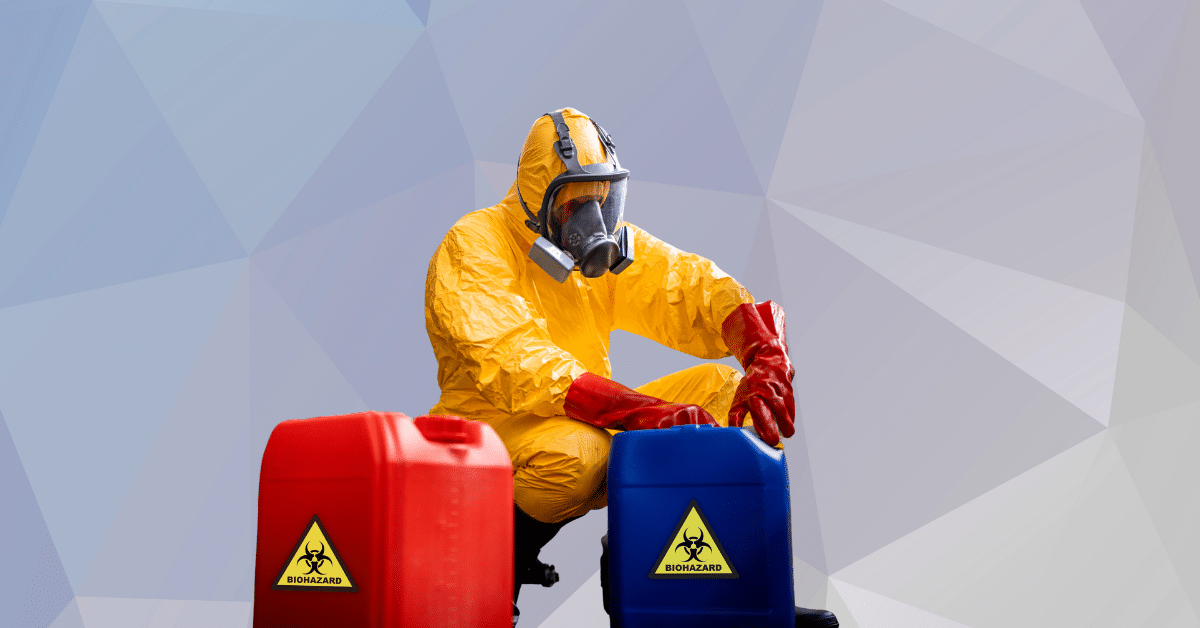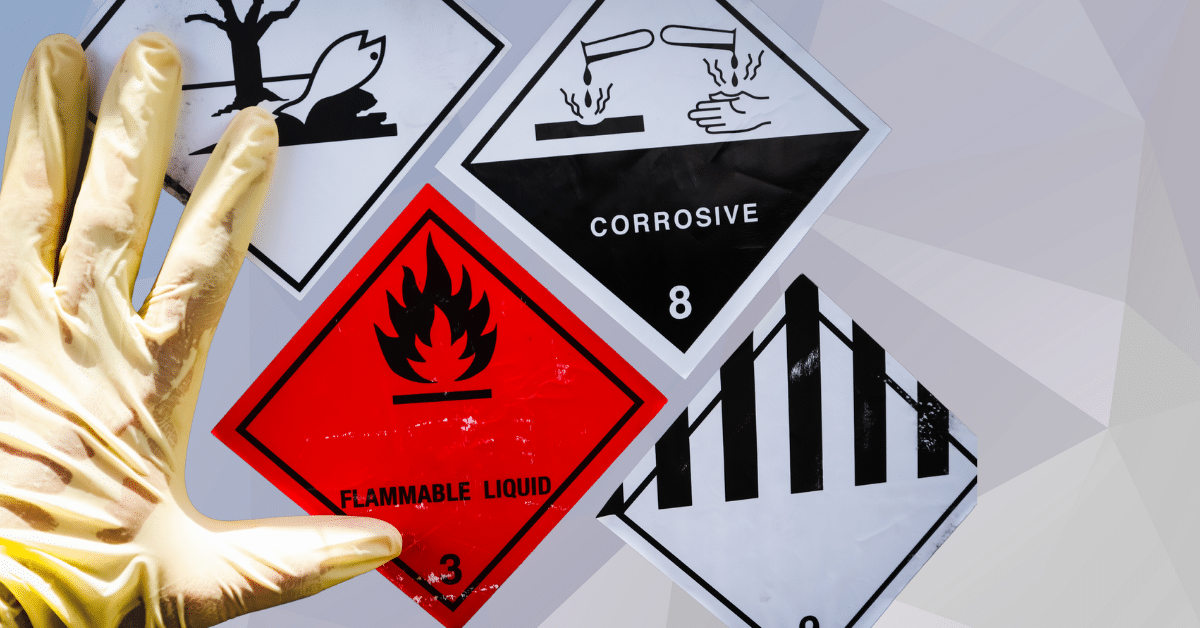Safety is a shared responsibility. But does everyone at your workplace know their role? Would you know how to get out in case of fire? Or would you get scared and panic? These movements show why an organized file safety policy is so important.
Fire safety policies are not just their life-saving policy. Besides protecting property, they protect lives, as everyone knows what role to play in an emergency. But how can you make policies for fire safety effective and communicate them?
Let’s discuss the roadmap for developing and communicating fire safety policy in this blog.
Developing Fire Safety Policies
Conduct A Comprehensive Risk Assessment
No two buildings or workplaces are alike, so fire safety policy must begin with a focused risk assessment. Like detective work, potential fire hazards must be identified before they become real risks.
Everyone is in danger if an office has an overloaded electrical socket or a paper stack near a heat source. Every detail counts.
Learning about these hazards means you are already one step ahead of the disaster. Therefore, a risk assessment isn’t just a document but a promise of safety.
Create Clear Objectives For Your Fire Safety Policy
Once fully aware of the risks, you must outline the desired results from your company fire safety policy. This is like setting project goals.
Your main objective should be to protect everyone’s lives. The primary mission supports every other goal, whether to ensure local compliance or avoid property damage.
Moreover, it isn’t just protection but more like a source of education. This shows that good fire safety communication is an awareness where everyone learns what to do to stay safe.
Define Roles And Responsibilities For All Personnel
Have you assigned the roles to your employees in case of fire? Who checks the alarms? Who will guide people to the exit?
When you don’t have clear roles, there will be chaos everywhere. That’s why you must define the roles and responsibilities of every individual. To make it easy for you, here’s how you can assign the roles:
| Role | Responsibility |
| Fire Wardens | Responsible for overseeing evacuations, ensuring everyone exits safely, and assisting individuals who require extra help. |
| First Responders | Trained to provide immediate first aid and act as a point of contact with emergency services during a fire incident. |
| Building Staff | Tasked with maintaining fire safety equipment, including extinguishers and alarms, to ensure they are always in working order. |
| Security Personnel | Monitor fire alarms, control access to the building, and support evacuation efforts when necessary. |
| Management | Develop and implement fire safety policies, allocate resources, and ensure all staff are properly trained in safety protocols. |
| Employees | Follow established fire safety procedures, remain vigilant, and actively participate in fire drills to ensure preparedness. |
Establishing Emergency Plans
A fire safety policy and procedure isn’t complete without a fire evacuation plan. It’s your step-by-step guide on how to deal with a fire, custom-made just for your workplace.
First, draw evacuation routes. Suppose you’re new to the building—would finding the exits be easy? Always ensure routes are clear and well-lit, including routes for people with disabilities.
Installing Fire Detection and Suppression Systems
Prevention is essential, but preparation is just as necessary when creating a fire safety policy. The first line of defence is your smoke detectors, sprinklers, and fire extinguishers. So, invest in these tools and let people know how to report a fire hazard before it worsens.
Developing a Communication Plan
Last, consider that you will be sharing this fire safety policy in the workplace. If no one knows about this brilliant plan, the plan is useless. Moreover, the key to communication is to ensure everyone knows their part in fire safety.
Communicating Fire Safety Policies
An intense fire safety policy can only achieve its potential if communicated well. This step ensures that everybody in your workplace knows what to do, how to do it, and why it matters.
Using Multiple Communication Channels
Different people receive information in various ways. Some prefer email, and others are more responsive to in-person meetings. To make sure your message gets out to everyone, combine both methods.
Send a monthly newsletter with fire safety tips for hosting small group discussions. Every effort reinforces and engages with the importance of fire safety policy.
Implementing Visual Aids
Have you ever wondered how much easier it is to remember something if you have a picture? Why not put visual aids in hard-to-miss areas, such as near potential hires or bulletin boards, to serve as constant reminders?
For instance, a bright sign near the kitchen telling how to use a fire extinguisher could make all the difference in seconds when needed.
Conducting Training Sessions and Workshops
People learn a lot by performing in real life. Therefore, hands-on workshops can help employees understand what to do if they ever smell smoke or see flames.
Show them extinguishers, how to use them, how to recognize fire alarms, and how to help others when they might need help evacuating.
Organizing Fire Drills
Fire drills may seem tedious, but they’re one of the best ways to prepare for the real deal. Therefore, it’s essential to practice evacuation routes
Remember to take feedback and never consider it just a box-ticking exercise; it gives people the confidence to act quickly and calmly through a crisis.
Utilizing Technology
Today, technology can be essential to fire safety. Real-time apps and automated alert systems can send notifications to employees’ phones directing them to evacuation procedures.
Tailoring Messaging for Different Audiences
One size doesn’t fit all. If a multinational company has people who speak different languages or are unfamiliar with safety protocols, it is a sign of discomfort.
Provide simple instructions for non-English speakers. Also, remember to accommodate employees with disabilities, such as braille signage or audible alarms.
Establishing Feedback Mechanisms
Feedback improves output. Create a system whereby employees can share their thoughts in whatever form they choose: anonymous surveys, suggestion boxes, etc. These insights can help close the gaps and create even stronger fire safety rules.
Conclusion
Fire safety policy is about making regulations and building a safety culture. When you assess risks, define your roles, and communicate clearly, you ensure that everyone has a safe workplace and a sense of security in their lives.
Remember, fire safety is a shared responsibility. When everyone knows their role and the plan, the workplace becomes safer and united.
If you want to build a culture of safety with the right training, get help from Coggno. Train your team with expert fire safety Coggno courses that match your workplace.
Play your part and take the first step toward your workplace and employees’ safety!


















